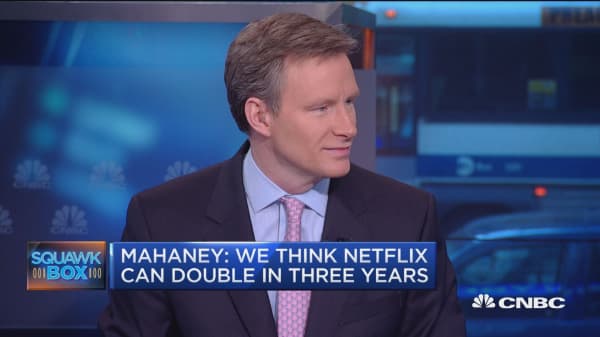By the time most investors closed the book on 2015, many had become familiarized with the FANG acronym, which singled out the four technology bellwether stocks — Facebook, Amazon, Netflix and Google — that drove much of the market's growth last year.
With a full quarter now in the books and only Facebook still riding last year's momentum, it has already become clear that if the market is going to climb again in 2016, it won't necessarily be on the back of these four names.






